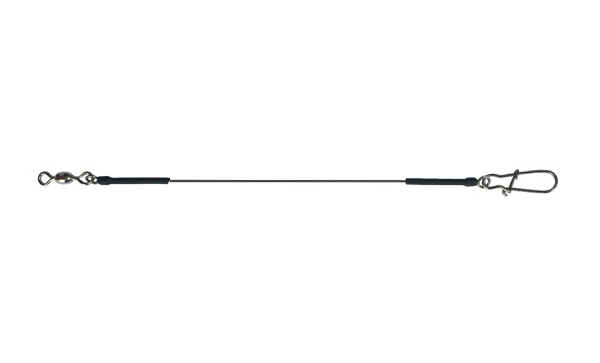

In the entire process of making fish tanks, fishing gea […]
In the entire process of making fish tanks, fishing gear and equipment need to go through ten processes, and each process is crucial. The following is a specific introduction to the ten processes of fishing gear and equipment rod making:
1. Design
Manufacturers with good development technology have rich experience in manufacturing fishing rods, so they can design molds according to the required types, tune, length and other conditions of the rod. However, experienced manufacturers say that these designs do not understand the materials used in the imitations, such as the number of carbon woven fabrics and the number of winding layers. Sometimes, in order to highlight the tonality and strengthen the function, the original designer even has several reduction ratios in a section of the mold. Therefore, excellent manufacturers will continuously accumulate experience during the development process, and then design different molds for different functions, lengths, tunability, etc., and then proceed to the next step based on this mold.
2. Cutting cloth
When the mold is finished, the next step is to cut the cloth. Generally speaking, the number of layers to be wound has been designed before the cloth is cut. And this number of layers is sometimes not only different for each section, even on the same section of bare pole, there will be different layers or special reinforcement needs.
3. Hot connection
The current carbon woven fabrics have been pre-made single-sided viscose cloth, and the manufacturer only needs to preheat one side of the cut carbon woven fabric and iron it on the mold.
4. Rolling
After finishing the hot splicing, the rolling process will begin immediately. This process is short for "rolling bare pole". At this time, the embryonic form of the fishing rod has emerged. Generally, a rolling machine must be used when rolling a fishing rod.
5. Wrap
After the rolling is completed, the carbon woven cloth is rolled on the outside of the mold like an egg roll, but the viscose on the cloth will not dry and solidify immediately, even during the period of time when it is not completely dry. The peeling phenomenon between the cloth layers may occur, so the rod blank must be strengthened, and this action is called "winding".
6. Curing
After the winding step is completed, these semi-finished products will be heated in the oven. Putting it in the oven to heat is a higher temperature environment to help the viscose in the carbon woven fabric layer to melt, and after each fabric layer is fully adhered, it penetrates into the woven reinforcement structure. Generally speaking, manufacturers with good technology will choose ovens with stable temperature control and store them at 125°C to 130°C for about two hours.
7. Demoulding
The removed rod blank is still attached to the mold, so it has to be separated to complete the next processing process. Therefore, these rod blanks with molds must be placed on the stripping machine, and the molds must be removed. After the molds are removed one by one, the tape wrapped around the outer layer for curing is removed.
8. Judgment
When cutting cloth and rolling bare rods, a section is reserved for the head and tail to avoid errors and facilitate processing. Therefore, at this stage, the excess part must be cut according to the original design size.

9. Grind
In fact, the surface of carbon woven fabric is somewhat rough, which is not only uncomfortable to the touch, but also unsightly. Therefore, in order to increase the commercial power, the surface is usually polished to facilitate processing and increase the subsequent coating effect. The cut bare rod needs to be smeared evenly with soil, and then placed on the grinder and allowed to rotate. At this time, use emery cloth to grind away the excess soil.
10. Painting
The painting process is indispensable for fishing rods. The procedure is quite complicated and varies according to needs. Generally speaking, because carbon woven fabric is dark gray, to make light-colored poles, you must first use a white primer as a primer, and then apply the desired color layer by layer, but the fishing rod paint is not a brush Painting is done by "painting" (painting). The so-called "painting" (painting) is to place the paint in a paint-painted container. One side of the container has a piece of rubber skin, and the skin has a hole smaller than the diameter of the rod. The bare rod is immersed in the paint tank. Passing through the round hole and pulling it out, the paint can be evenly coated on the bare pole.
In addition to drawing paint, there are also some special painting effects, such as spray paint, bamboo paint, stickers with patterns and text, etc., depending on the requirements and nature of the fishing rod, but fishing rods with many colors or special patterns are due to There are many processing procedures and the price is more expensive.
This is the main process of making fishing rods. Of course, it also includes the processes of installing the wire loop, reel seat, tail plug, etc., depending on the type of fishing rod. The more parts of the fishing rod, the more processes will increase.